Author Photo And Bio
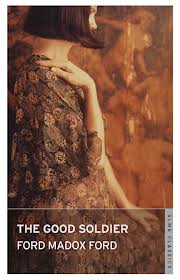 1. The Good Soldier by Ford Madox Ford (1915). A novel made seminally modernist through an unreliable narration that is part cubist, part Freudian, it tells the story of the prissy and rather thick John Dowell and his wife Florence who repeatedly meet British soldier Edward Ashburnham and his wife over the years at various upper-crust European spas. Dowell’s blindness to Edward and Florence’s hidden-in-plain-sight affair finally lifts, but his class solidarity with the man he calls a “good soldier” endures —a tension that creates an exquisite portrait of denial and the death throes of Edwardian gentility.
1. The Good Soldier by Ford Madox Ford (1915). A novel made seminally modernist through an unreliable narration that is part cubist, part Freudian, it tells the story of the prissy and rather thick John Dowell and his wife Florence who repeatedly meet British soldier Edward Ashburnham and his wife over the years at various upper-crust European spas. Dowell’s blindness to Edward and Florence’s hidden-in-plain-sight affair finally lifts, but his class solidarity with the man he calls a “good soldier” endures —a tension that creates an exquisite portrait of denial and the death throes of Edwardian gentility.
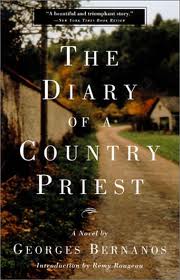 2. The Diary of a Country Priest by Georges Bernanos (1937). A profound story of Christian faith constructed of the thoughts, half-thoughts, jottings, and observations, the joys and disappointments, of a priest in provincial France. The protagonist suffers through the novel —he is a martyr to a dark, often wicked world. But as he declines, the grace he receives builds.
2. The Diary of a Country Priest by Georges Bernanos (1937). A profound story of Christian faith constructed of the thoughts, half-thoughts, jottings, and observations, the joys and disappointments, of a priest in provincial France. The protagonist suffers through the novel —he is a martyr to a dark, often wicked world. But as he declines, the grace he receives builds.
 3. In Search of Lost Time by Marcel Proust (1913–27). It’s about time. No, really. This seven-volume, three-thousand-page work is only superficially a mordant critique of French (mostly high) society in the belle époque. Both as author and as “Marcel,” the first-person narrator whose childhood memories are evoked by a crumbling madeleine cookie, Proust asks some of the same questions Einstein did about our notions of time and memory. As we follow the affairs, the badinage, and the betrayals of dozens of characters over the years, time is the highway and memory the driver.
3. In Search of Lost Time by Marcel Proust (1913–27). It’s about time. No, really. This seven-volume, three-thousand-page work is only superficially a mordant critique of French (mostly high) society in the belle époque. Both as author and as “Marcel,” the first-person narrator whose childhood memories are evoked by a crumbling madeleine cookie, Proust asks some of the same questions Einstein did about our notions of time and memory. As we follow the affairs, the badinage, and the betrayals of dozens of characters over the years, time is the highway and memory the driver.
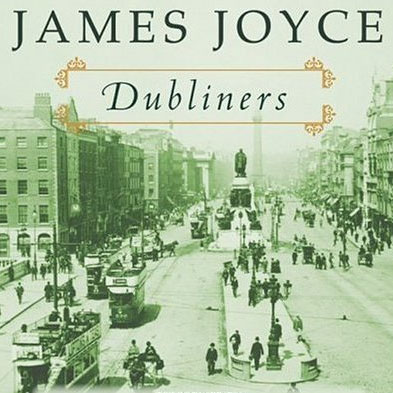 4. Dubliners by James Joyce (1916). Although many of these largely autobiographical stories evoke themes of death, illness, and stasis, nearly all offer their characters redemption —or at least momentary self-knowledge —through what Joyce called “epiphanies,” in which defeat or disappointment is transformed by a sudden, usually life-altering flash of awareness. The collection’s emotional centerpiece is its concluding tale, “The Dead,” which moves from a New Year’s Eve party where guests muse about issues of the day —the Catholic church, Irish nationalism, Freddie Malins’s worrying drunkenness —to a man’s discovery of his wife weeping over a boy who died for love of her. A profound portrait of identity and loneliness, it is Joyce’s most compassionate work.
4. Dubliners by James Joyce (1916). Although many of these largely autobiographical stories evoke themes of death, illness, and stasis, nearly all offer their characters redemption —or at least momentary self-knowledge —through what Joyce called “epiphanies,” in which defeat or disappointment is transformed by a sudden, usually life-altering flash of awareness. The collection’s emotional centerpiece is its concluding tale, “The Dead,” which moves from a New Year’s Eve party where guests muse about issues of the day —the Catholic church, Irish nationalism, Freddie Malins’s worrying drunkenness —to a man’s discovery of his wife weeping over a boy who died for love of her. A profound portrait of identity and loneliness, it is Joyce’s most compassionate work.
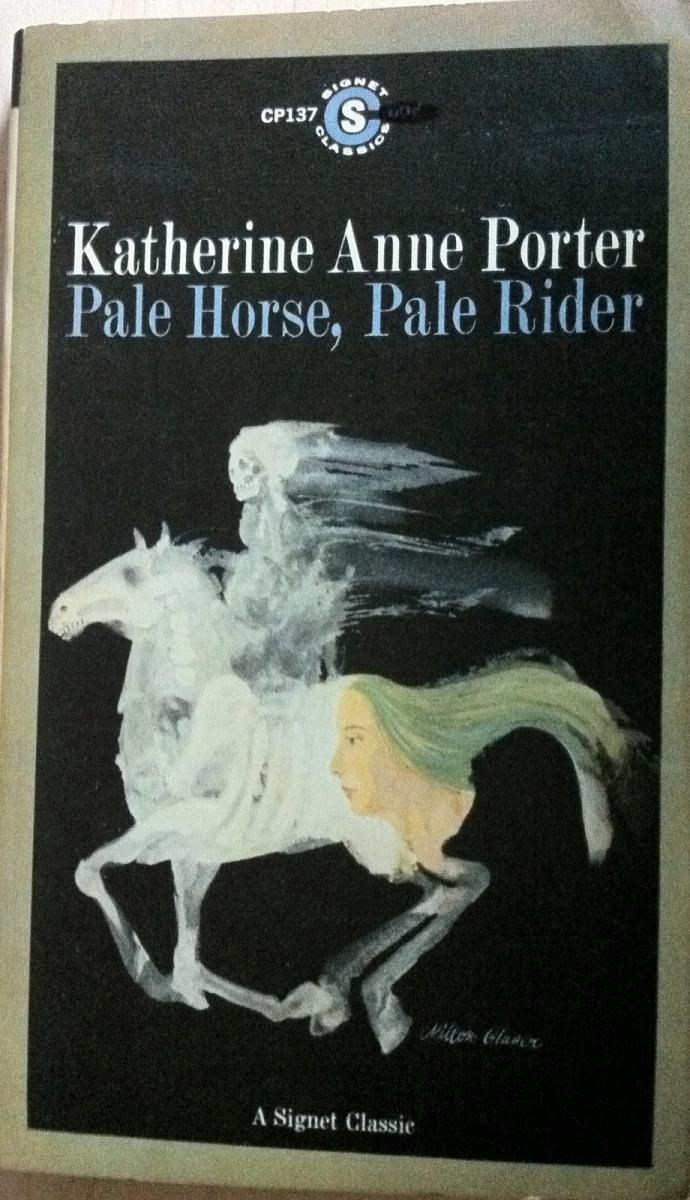 5. Pale Horse, Pale Rider by Katherine Anne Porter (1939). The title novella of Porter’s celebrated collection follows her semiautobiographical protagonist Miranda (who appears elsewhere in Porter’s fiction) through the ordeals of World War I and the 1918 influenza epidemic. Detailed stream of consciousness narration depicts Miranda’s remembered Texas childhood, her work as a newspaper critic, and her romance with a handsome soldier, as well as the hallucinatory visions provoked by her own illness and slow recovery, the soldier’s death in combat, and an encompassing sense of personal and wider worlds threatened by encroaching catastrophe.
5. Pale Horse, Pale Rider by Katherine Anne Porter (1939). The title novella of Porter’s celebrated collection follows her semiautobiographical protagonist Miranda (who appears elsewhere in Porter’s fiction) through the ordeals of World War I and the 1918 influenza epidemic. Detailed stream of consciousness narration depicts Miranda’s remembered Texas childhood, her work as a newspaper critic, and her romance with a handsome soldier, as well as the hallucinatory visions provoked by her own illness and slow recovery, the soldier’s death in combat, and an encompassing sense of personal and wider worlds threatened by encroaching catastrophe.
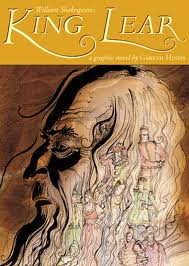 6. King Lear by William Shakespeare (1605). Considered one of Shakespeare’s four “core tragedies”—with Hamlet, Othello, and Macbeth—King Lear commences with Lear, having achieved great age but little wisdom, dividing his kingdom among his three daughters in return for their proclamations of love for him. Two of his daughters, evil to the core, falsely profess their love, while Cordelia, his good and true daughter, refuses his request. Enraged, Lear gives his kingdom to his evil daughters and banishes Cordelia. Lear pays a dear price for this rash act. The play systematically strips him of his kingdom, title, retainers, clothes, and sanity in a process so cruel and unrelenting as to be nearly unendurable.
6. King Lear by William Shakespeare (1605). Considered one of Shakespeare’s four “core tragedies”—with Hamlet, Othello, and Macbeth—King Lear commences with Lear, having achieved great age but little wisdom, dividing his kingdom among his three daughters in return for their proclamations of love for him. Two of his daughters, evil to the core, falsely profess their love, while Cordelia, his good and true daughter, refuses his request. Enraged, Lear gives his kingdom to his evil daughters and banishes Cordelia. Lear pays a dear price for this rash act. The play systematically strips him of his kingdom, title, retainers, clothes, and sanity in a process so cruel and unrelenting as to be nearly unendurable.
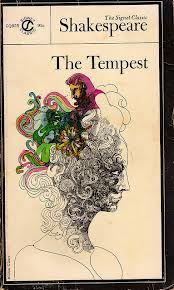 7. The Tempest by William Shakespeare (1610). The happy peace that Prospero, a powerful magician and former Duke of Milan, and his daughter Miranda share on an enchanted island is broken when a group of Prospero’s former enemies and friends is shipwrecked there. Through the services of his two servants, the base Caliban, to whom the island had originally belonged, and the sprite Ariel, Prospero exacts revenge upon his stranded enemies while engineering the marriage of his daughter to a young nobleman. Anticipating themes that would inform colonial and postcolonial literature — usurpation, bondage, rebellion — this was Shakespeare’s last play without a collaborator.
7. The Tempest by William Shakespeare (1610). The happy peace that Prospero, a powerful magician and former Duke of Milan, and his daughter Miranda share on an enchanted island is broken when a group of Prospero’s former enemies and friends is shipwrecked there. Through the services of his two servants, the base Caliban, to whom the island had originally belonged, and the sprite Ariel, Prospero exacts revenge upon his stranded enemies while engineering the marriage of his daughter to a young nobleman. Anticipating themes that would inform colonial and postcolonial literature — usurpation, bondage, rebellion — this was Shakespeare’s last play without a collaborator.
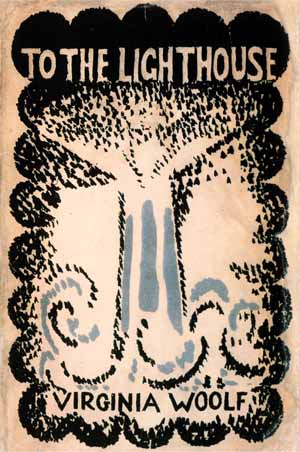 8. To the Lighthouse by Virginia Woolf (1927). The Ramsays and their eight children vacation with an assortment of scholarly and artistic houseguests by the Scottish seaside. Mainly set on two days ten years apart, the novel describes the loss, love, and disagreements of family life while reaching toward the bigger question—“What is the meaning of life?”—that Woolf addresses in meticulously crafted, modernist prose that is impressionistic without being vague or sterile.
8. To the Lighthouse by Virginia Woolf (1927). The Ramsays and their eight children vacation with an assortment of scholarly and artistic houseguests by the Scottish seaside. Mainly set on two days ten years apart, the novel describes the loss, love, and disagreements of family life while reaching toward the bigger question—“What is the meaning of life?”—that Woolf addresses in meticulously crafted, modernist prose that is impressionistic without being vague or sterile.
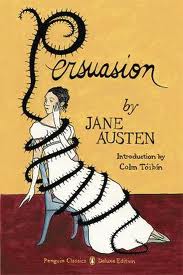 9. Persuasion by Jane Austen (1817). Eight years ago, Anne Elliot was persuaded by a friend to break off her engagement to a handsome naval officer because he lacked wealth and name. Now twenty-seven, her romantic prospects a dim memory, she encounters him once again, only now he is a grand success. Can she rekindle his love?
9. Persuasion by Jane Austen (1817). Eight years ago, Anne Elliot was persuaded by a friend to break off her engagement to a handsome naval officer because he lacked wealth and name. Now twenty-seven, her romantic prospects a dim memory, she encounters him once again, only now he is a grand success. Can she rekindle his love?
 10. Middlemarch by George Eliot (1871–72). Dorothea Brooke is a pretty young idealist whose desire to improve the world leads her to marry the crusty pedant Casaubon. This mistake takes her down a circuitous and painful path in search of happiness. The novel, which explores society’s brakes on women and deteriorating rural life, is as much a chronicle of the English town of Middlemarch as it is the portrait of a lady. Eliot excels at parsing moments of moral crisis so that we feel a character’s anguish and resolve. Her intelligent sympathy for even the most unlikable people redirects our own moral compass toward charity rather than enmity.
10. Middlemarch by George Eliot (1871–72). Dorothea Brooke is a pretty young idealist whose desire to improve the world leads her to marry the crusty pedant Casaubon. This mistake takes her down a circuitous and painful path in search of happiness. The novel, which explores society’s brakes on women and deteriorating rural life, is as much a chronicle of the English town of Middlemarch as it is the portrait of a lady. Eliot excels at parsing moments of moral crisis so that we feel a character’s anguish and resolve. Her intelligent sympathy for even the most unlikable people redirects our own moral compass toward charity rather than enmity.